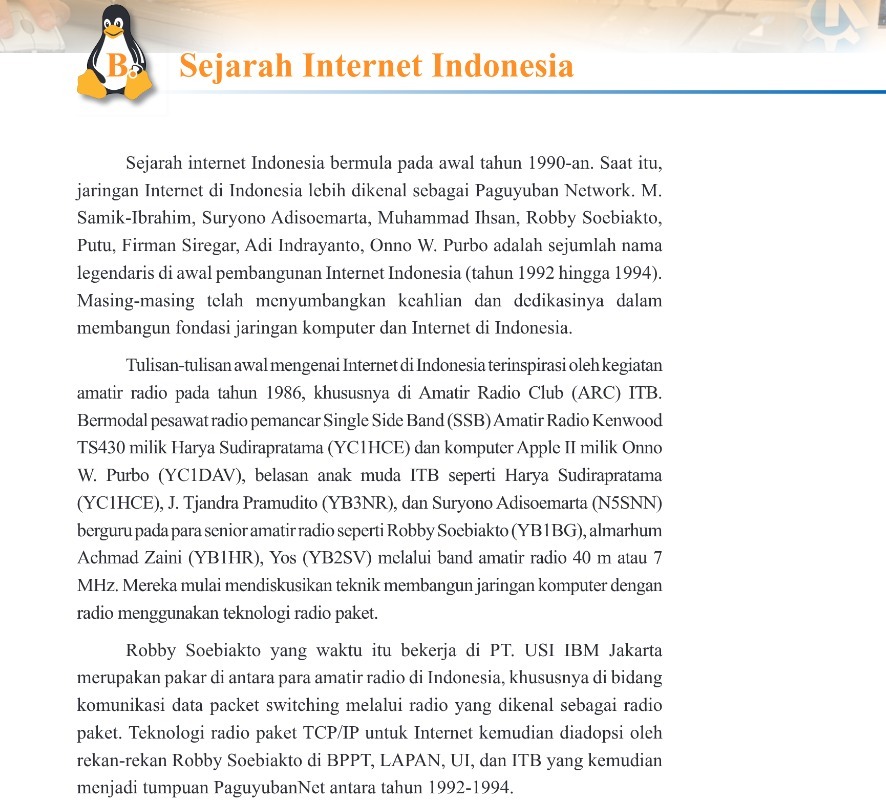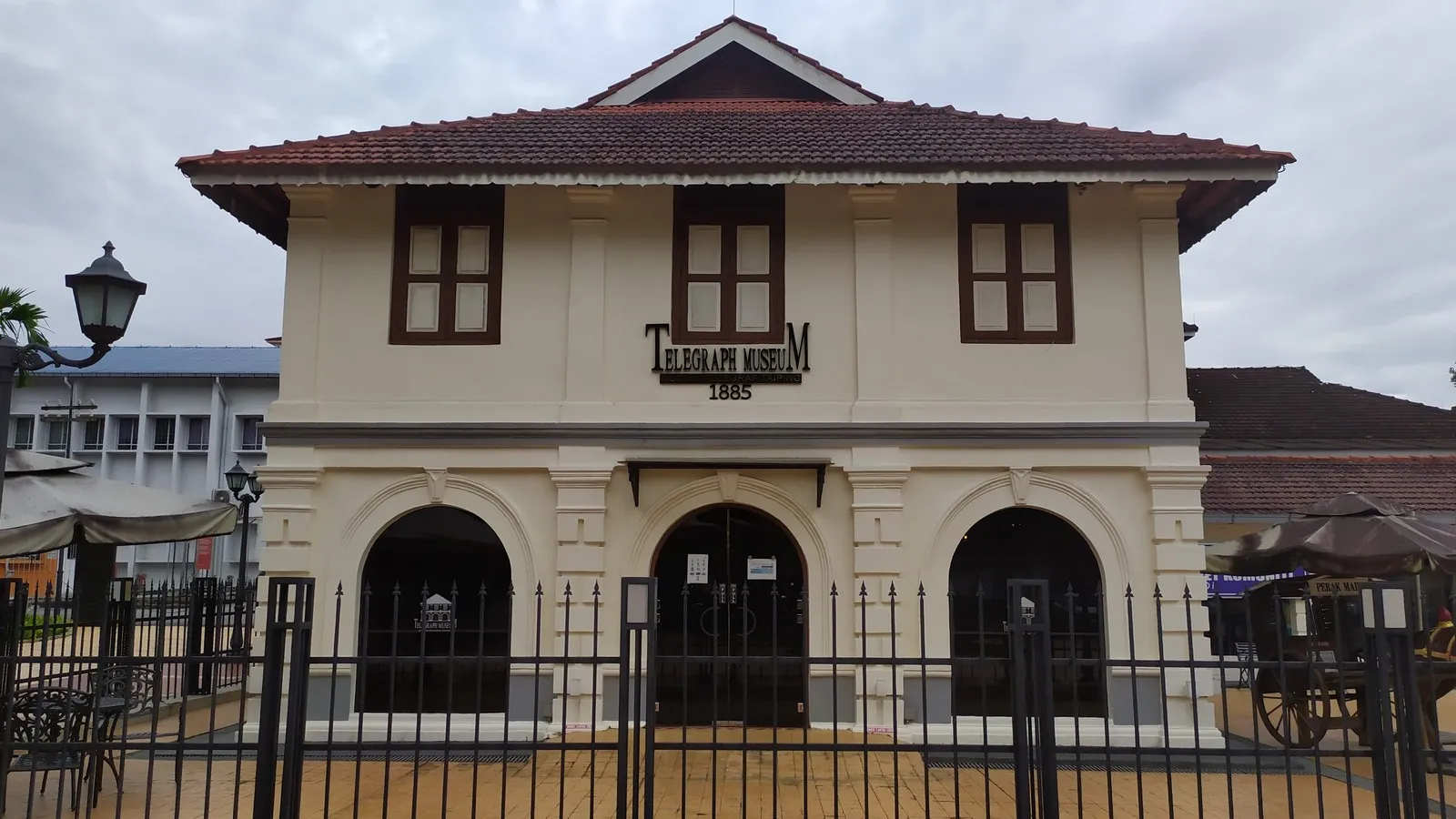Understanding Israel-Palestine Conflict: A Complex Narrative
The Israel-Palestine conflict is a deeply rooted and multifaceted issue that has defied resolution for decades. To comprehend why Israel attacks Palestine, it is crucial to examine historical, political, and social dynamics that underpin the conflict.
Historical Context
- Partition and Creation of Israel: The conflict traces back to the partition of British Mandate Palestine by the United Nations in 1947, leading to the establishment of the State of Israel in 1948. This event triggered the first Arab-Israeli war and resulted in Palestinian displacement, known as the Nakba (catastrophe).
- Occupation and Settlements: Following the 1967 Six-Day War, Israel occupied the West Bank, Gaza Strip, and East Jerusalem. The expansion of Israeli settlements in these territories has been a contentious issue, deemed illegal under international law by much of the international community.
Political Dynamics
- Security Concerns: Israel cites security threats from Palestinian militant groups, particularly Hamas in Gaza and Hezbollah in Lebanon, as a primary reason for its military actions. Rocket attacks, suicide bombings, and other forms of violence have targeted Israeli civilians, prompting military responses.
- Territorial Disputes: Disputes over land, borders, and sovereignty have fueled tensions. Palestinians seek an independent state in the West Bank and Gaza Strip, with East Jerusalem as its capital, based on the pre-1967 borders. Israel asserts its right to defend its borders and settlements.
Socio-Economic Factors
- Gaza Blockade: Israel’s blockade of Gaza, imposed since 2007 after Hamas took control, restricts the movement of people and goods, exacerbating poverty and unemployment. The dire humanitarian situation in Gaza has contributed to cycles of violence.
- Human Rights Concerns: Human rights organizations have criticized Israel for its treatment of Palestinians, including house demolitions, land confiscations, and restrictions on movement. Palestinians living under occupation face daily challenges, including limited access to resources and services.
Regional and International Dynamics
- Regional Alliances: Israel’s strategic alliances with countries such as the United States, Egypt, and some Gulf states shape its military and diplomatic policies. These alliances influence perceptions of the conflict and impact international responses.
- International Diplomacy: Efforts to broker peace, including the Oslo Accords and subsequent negotiations, have failed to yield a lasting solution. The role of international actors, including the United Nations, European Union, and Arab League, remains central to peace efforts.
Conclusion
The Israel-Palestine conflict is a complex and deeply entrenched issue driven by historical, political, and socio-economic factors. Understanding the motivations behind Israeli attacks on Palestine requires examining the broader context of the conflict, including security concerns, territorial disputes, and regional dynamics. Achieving a sustainable resolution will require dialogue, compromise, and a commitment to justice and human rights for all parties involved.







Post Comment